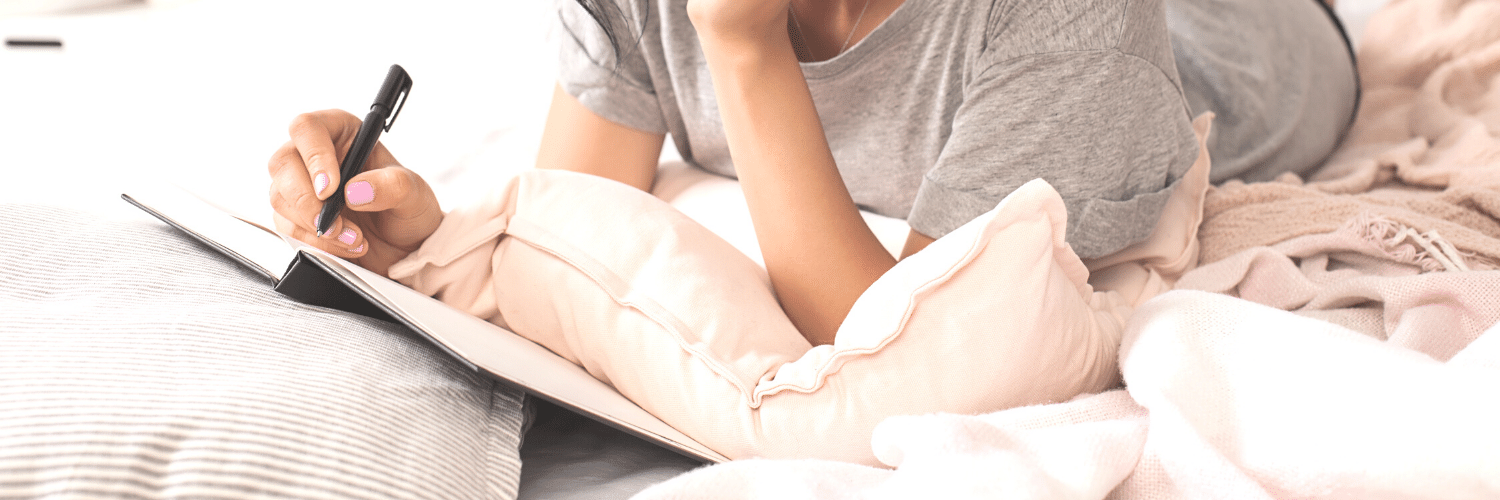
What’s it like to have breast reconstruction?
PRMA Plastic Surgery would like to thank Mrs. Leslie Mouton, local news anchor for KSAT12 News in San Antonio, for documenting her experiences with breast cancer reconstruction. We hope that patients are able to gain first hand knowledge from Mrs. Mouton’s experience and see the DIEP flap reconstruction process through a patient’s eyes.
January 10, 2007
Today is my 42nd birthday! Happy birthday to me!! I welcome the day with a few more wrinkles but an appreciation that I’m here at all. I realize – because of the industry I have chosen as a news anchor and reporter – that my looks are somewhat tied to my job. But I don’t dread these birthdays, I celebrate them – because every fine line that deepens, every grey hair that Becky has to cover and every little brown spot that pops up on my face – mean I’m here, I’m alive and I’m still cancer free.
It’s been nearly seven years since I was diagnosed with infiltrated ductal carcinoma. That’s a fancy way of saying I had aggressive breast cancer. At the time of diagnosis, I chose to undergo a lumpectomy with radiation and chemotherapy. People to this day ask how I garnered the strength to go public with my battle. To allow cameras to capture all of it – from surgery to radiation, chemo to hair loss, even anchoring one newscast bald. I look back to that time in my life – a very scary and difficult time – and thank God for using me in such a great way. It was an easy decision, because I knew I could offer comfort, hope and a realistic expectation of what was to come for all my bosom buddies.
But now – at this point in my life – it’s time to face another difficult decision. Before I tell you what it is – and why I’ve made the decision I have – I need to talk a little about the other cancer treatment I have undergone. My breast cancer was estrogen positive. That means those little buggers actually fed off of the estrogen in my body. It was their nourishment. The cancer cells need estrogen to grow and divide. So, my oncologist Dr. Lisa Fichtel placed me on Tamoxifen, to stop estrogen from feeding any rogue cancer cells that could be floating around my body. It works as a blocker, preventing the estrogen from reaching the cancer cell – starving it in a way. I also had my ovaries removed because I knew I was at greater risk for ovarian cancer and removing them would further reduce the estrogen in my body. (Before the surgery, though, I went through fertility treatments and froze 21 embryos… thanks, Dr. Neal)! Two years after I started taking Tamoxifen, researchers discovered that Femara was even more effective in preventing a recurrence in postmenopausal women. Femara is the brand name for a drug that actually stops the production of estrogen in the body. Studies found women who took it had fewer recurrences than those who took Tamoxifen. My oncologist Dr. Fichtel immediately switched me to Femara – and I am taking it to this day. I’ve been on Femara for nearly four years. But here’s the bad news: it can only be taken for five years. That means one more year – and then no more Femara!
Which leads me to my difficult decision. After months of praying, researching, and talking to different doctors, I have decided to have a prophylactic mastectomy. I am 42 years young – with half of my life still ahead of me (God willing). That means 40 years for the breast cancer that ravaged my healthy tissue once do the same thing again. Whatever went awry when I was 35 could very well go awry when I’m 45, 50, 60 or older. Rather than wait and see what happens once I stop the Femara, I have decided to reduce the risk dramatically, by removing the tissue those cancer cells so love to destroy. I realize it doesn’t eliminate all chances of cancer coming back or developing, but it does make those chances very minimal. Once I made the decision to have the procedure, then came the most difficult part of all: choosing the right doctor, and the best procedure, for me. I had heard about the TRAM flap procedure, and met many women who had undergone it. I heard you got a free “tummy tuck” because doctors use the tissue from your tummy to build your new breasts. That part sounded great! But, as I began to research it, I also learned about the negative parts of the procedure. Abdominal muscles – your “sit up” muscles – are removed along with the tissue. That leaves some people with a weakened core, making many tasks more difficult. Some women also develop bulges and hernias in the belly where the muscle is removed. I love to work out – and I’m very active – so that part sounded just terrible to me.
That’s when I heard about another procedure called the DIEP flap. That stands for Deep Inferior Epigastric Perforator. In this procedure very little – if any – muscle is removed. The perforating vessels, along with the overlying flesh, are removed – but the muscle is left in place. The recovery time is quicker, but the surgery is much more involved, and it takes a microsurgery expert to perform it. Because it is relatively new, only a few doctors in the country specialize in the DIEP breast reconstruction procedure. We happen to have a couple of them right here in San Antonio. Dr. Peter Ledoux will be my surgeon – the man I am trusting to rebuild my body once Dr. Rosenthal removes my breast on March 5th. I have decided to have what’s called a “skin-saving mastectomy” where only the areola and nipple are removed; the breast tissue is scooped out, but the skin is left intact. Dr. Ledoux will immediately go to work, removing tissue from parts of my abdomen, and then “refill” the area. He will then micro-surgically attach blood vessels removed from my stomach, to my chest wall. I will have living soft tissue – that looks and feels like real breasts. I will wake up with breasts – but must wait three months to have the nipple created and tattooed.
The doctor and his nurses have given me a handout explaining the procedure, the recovery and what I can expect. I have searched the internet for personal accounts of the surgery and recovery, but I’ve been unable to find anything that really spells it out in detail. When I made the decision to go public with my battle with breast cancer, I did it because I felt there was a purpose – that it could actually benefit women who are experiencing the same thing. This time I had to ask myself that question again. “What would be the benefit of sharing this experience with viewers?” I really don’t see a benefit to video taping the procedure and recovery; a 2 minute story on my personal account wouldn’t offer any information I couldn’t give you from another person’s story. That’s why I’ve decided to do a news story on the procedure – using someone who has already gone through it. But I do think there is a need for information about the entire experience – from start to finish.
So I’m going to keep a diary – from before surgery, until the healing process is complete. It will be there for women – like me – who need to make a decision about their own treatment and surgery. It will be there to give a first-hand account of exactly what to expect. Now, with that said, “I” don’t even really know what to expect – we will find out together! I will have to miss a few weeks of work, but will record on audiotape – or paper – what is happening every day. I will post my progress on my diary. To all of you who have supported me, prayed for me, and encouraged me, I say thank you, thank you, thank you. Please keep me close in your prayers as I embark on another chapter of my battle – this time to prevent breast cancer!!!
February 26, 2007
It’s 2:31 on Monday February 26. It’s exactly one week before my surgery. So many emotions are running through me right now. My surgery is scheduled to start at 8:30 a.m. next Monday. As I look at the clock, I wonder what will be happening to me at this exact moment one week from now? Will I be out of surgery? Will everything have gone as smoothly as I pray it will?
I had my pre-op visit last Wednesday. If I wasn’t already a bit nervous, I’m scared to death right now. They explained everything that can go wrong. The risks of anesthesia, the risks of a blood clot, the risks of the flap not taking, the risks of the perforating vessels not being viable, not having enough tissue, and on and on and on. Then – of course – there’s the whole “once surgery is over” scare. The drains, the garments, the pain pumps!! AAAARRRRR!!! It’s overwhelming! I know in my mind that everything that they tell me “could” happen – are just as a precaution. None of those things have happened to their patients – yet! I certainly hope I’m not the first!
My plan is to have a double skin-sparing mastectomy and immediate DIEP flap reconstruction. I didn’t have enough tissue for both when we first met, so I’ve been trying to gain weight. I never thought I would “want” to gain weight – this is a first! I have gained a few pounds over the last couple of months, and we are going for the double! Dr. Ledoux explained that there is always that possibility once they get in there the vessels won’t be viable. It’s a very slim chance, but a chance none-the-less. Surgery and trauma in the past to the abdomen can affect those vessels. So I asked “what happens if they aren’t viable?” He answered, “We abort the mission”. “Abort the mission,” I asked, frightened and puzzled. “What does that mean”? He told me “that means, we close you back up and have to find another way – another day”. We decided he would make sure the vessels are viable before Dr. Rosenthal removes my breast tissue – just in case. That makes me feel a little better, but then what? I guess I will worry about that “if” it happens. I refuse to focus on the “what ifs” and instead I am determined to keep a positive attitude and pray for a successful surgery and speedy recovery.
I cannot tell you how thankful I am to the dozens of people who have contacted me to share their own experiences with Dr. Ledoux and the DIEP procedure. It has offered me so much comfort during this time. And to all of you who have written to tell me I will be in your prayers – thank you thank you thank you!!! I feel your prayers and your encouragement! It really helps!
In preparation for the surgery, I’ve had to give up my two daily cups of coffee, and my red wine. Other than the caffeine withdrawal headache – it’s not so bad. Apparently, caffeine and alcohol affect the vessels, and I certainly don’t want to mess with those. I will do whatever is necessary to keep these vessels healthy for surgery. I also had to stop taking my daily doses of Femara and multi-vitamin. Tylenol is all I can take – but I haven’t needed that yet either.
As I approach the day of surgery, I am anxious, a bit scared, but also hopeful! I will update my diary as soon as I am able to, and let you know what it was like – and what it “is” like as I go through recovery! Check back often, and your prayers and feedback are much appreciated!!
Until after surgery, Leslie
Monday March 5, 5:00 AM, 2007 – Day of surgery:
The alarm went off bright and early, and I had no trouble jumping right out of bed. I needed to be at the hospital at 6:30 a.m. for an 8:30 a.m. surgery. I knew it would be a while before I could take a long, hot shower again, so I wanted to take advantage of this morning. I purchased, per doctor’s orders, Dial anti-bacterial hand soap (the orange pump bottle) – and scrubbed my body clean. I also washed my hair, shaved and looked at my body that would be so different tomorrow. I had that little tingle in the center of my belly, that nervous twitch of uncertainty. “What will I look like tomorrow?” I wondered. “What will I feel like tonight?” After the shower, I blow-dried my hair, but no lotion or deodorant or perfume (also per doctor’s orders). I checked my suitcase. I don’t know what I was thinking! I packed as if I was going on a relaxing vacation. I packed four sets of jammies, fresh underwear, socks, a robe, slippers, toothbrush and toothpaste, hairbrush, blow dryer, shampoo and cream rinse, facial creams and a little makeup. Here’s lesson number one – you won’t need much in the hospital – you will live in the gown they give you! All I used was the toothbrush and toothpaste and slippers and a robe for walking the halls. I wore home the same jammies I wore to the hospital and wasn’t allowed to shower until the day I went home – and they have shampoo there!
When we arrived at Methodist Hospital in the Medical Center, check-in was a breeze. I had pre-registered and didn’t wait long before they took me to my holding room. A nurse gave me a gown and started taking all my vital signs. The gown had all big air holes in it, attached to a big blower. They could pump cold or warm air into my gown depending on how I felt. The nurse also put these very fashionable white stockings on my legs. They went all the way up my thighs. They were compression garments. On top of those, was another contraption that would fill up with air and squeeze my legs every few seconds. She explained that I would be wearing that the entire time I was in the hospital – just to help with blood flow and ensure no blood clots. Then came the attempt to start an IV. The woman tried several times, in several locations, but couldn’t get an IV started. I had bruises and pain, but no IV. She finally gave up and said they would have to do it in the next holding room before surgery.
I was wheeled into the pre-op room – which was packed with people. Who knew so many surgeries would be scheduled for first thing Monday morning? There, I met my surgical support team. The nurse had no trouble starting my IV (thank goodness) – and my anesthesiologist explained exactly what would happen to make sure I didn’t feel a thing. She explained that this day is lost to me. The surgery would take all day, and I would sleep through it all. That’s fine by me – I thought. I told her I have a very sensitive stomach, and was afraid the anesthesia would make me sick. She put a little patch behind my left ear to help with nausea, and assured me I would have a constant drip of two different anti-nausea medications during surgery. The last thing I wanted to do was wake up and throw up, after my stomach had just been sliced open from one side to the other! A few minutes later, Dr. Rosenthal, the doctor who would remove my breasts, came into the room to check on me. He is a wonderful man and great doctor. He’s tall, over 6 feet I would say, thin, has blond hair and blue eyes. He was calming and reassuring, and told me he would remove both breasts if and only if, my plastic surgery team determined I had enough tissue to rebuild both breasts. On my chart, it said, “left mastectomy with possible right mastectomy”. It all was dependent on what they found when they opened up my belly. Shortly after Dr. Rosenthal left, my plastic surgeon, Dr. Ledoux, came into the room. Dr. Ledoux is adorable. I call him my own Dr. McDreamy. He looks like him. He is thin, about 5’8 tall and has dark hair and blazing blue eyes. It’s hard to imagine these doctors cutting me open, removing some parts of my body, and actually moving other parts around. “I’ll be out cold,” I kept telling myself, “I won’t even know what’s happening”. Dr. Ledoux was upbeat and smiling. He joined hands with my husband, Tony, and me, and led us in prayer before surgery. I could feel the Lord’s presence in the room and a sense of calm came over me. Dr. Ledoux said goodbye, he was going to “scrub in” and the anesthesiologist gave me a “margarita cocktail”, which is really an IV drug to make me relax. It worked. And that’s the last thing I remember before surgery.
Monday March 5, 8:30pm, 2007 – After Surgery
I heard noises, voices, a lot of activity. I felt like I was in a secluded place far away from what was happening. I could hear everything, but couldn’t see anything.
I tried to open my eyes, to see what was happening, but as much as my brain wanted to, my eyes just wouldn’t open. The compression garments on my legs squeezed tightly as they filled with air, the blood pressure cuff on my right arm squeezed as well.
I heard the “beep, beep, beep” of a monitor and, in the distance, a tiny voice.
“When is Mommy going to wake up, Daddy?” my 8 year old daughter, Nicole, said. My mind screamed, “I’m awake, baby, and I’m fine!” Again, my mouth wouldn’t cooperate. I felt Nicole’s tiny hand on my foot, and heard my husband Tony reassuring her. “It takes time for all the medication to wear off, honey, she’ll wake up soon.” Tony stood by my side, rubbing my hand. I could see them both clearly in my mind. Nicole, with her long dirty blonde hair, pulled back in a ponytail, with just a wisp of it hanging down across her face. Her sparkling, brilliant blue eyes that she obviously got from her father. Tony, with his salt and pepper hair, and those few crows’ feet around his eyes made prominent by his gentle and caring smile. “Are you sure we should be here? We should leave, Tony, and let you and Nicole be alone with Leslie when she wakes up.”
I would know that voice anywhere. It was coming from the foot of the bed. It was my dear friend Julie Andreolli, talking in that Luling, Texas, twang accent I love so much. She and her husband Art had apparently been at the hospital for hours, supporting Tony and Nicole as they waited for my surgery to end.
“I can do this,” I thought, “I can talk”. I struggled and concentrated on opening my eyes. My lids felt so heavy, like they were taped shut. “I can do this, I can do this,” I kept telling myself. Finally, after what felt like an hour (but was more like a minute) my eyes slowly opened. A sliver of light turned into a fog. As my eyes adjusted, the room came into focus. I looked at Art and Julie, and I smiled. “Hi, baby girl,” Julie said in that nurturing, motherly voice. Art stood next to her with his arms folded high on his chest. He smiled at me. I tried to smile back, then turned my head towards Nicole. My mouth was so dry I couldn’t speak. Again, I struggled to utter words. “Ice chips,” I slowly and softly said. Nicole walked to the side of my bed, and grabbed a cup. “Here you go, Mommy!” she said, cheerfully, as she spoon-fed me the ice chips. I smiled. My mouth was like a dry sponge, and those ice chips tasted so wonderful. “Are you OK?”
It was déjà vu. I remember Nicole asking me that very same question 6 years ago when I woke up from my lumpectomy. She was only 2 at the time, but even now I can hear that little girl voice, the worry, the pure love of a frightened child. “I’m fine,” I struggled to say. It was difficult to get words out. As my awareness improved, I looked around me. I felt paralyzed. Tubes, wires, and garments covered my body. The bed was elevated, pillows were all around me – under each arm, behind my head, beneath my legs. “MMMMMMMM,” the compression garment hummed as it filled with air, squeezing my legs. I felt so claustrophobic. I couldn’t move my arms or legs; I could only turn my head from side to side.
“How big are my boobs?” I asked in a raspy, broken voice. Tony laughed, “I can’t see them yet, honey, they’re all wrapped up.” “But, did they take both of them?” I hoped they did. Going into surgery, it all depended on whether I had enough tissue in my abdomen. I knew the left one was going, but I wasn’t sure about the right one. “They sure did,” Tony said, as he held my right hand. “The doctors said everything went perfectly.”
I tried to move my hands towards my breasts to feel them, but that was a futile effort. I could barely lift my arm, much less move my hands to my breasts. I could feel the support bra tightly covering both breasts, and saw tubes coming out from under my arms. At the end of the tubes were bubbles filled with red liquid. The dreaded drains. I looked down and saw the girdle covering my entire stomach, and another tube with another bubble coming out of my abdomen. Nurses were hovering around me, checking vitals, emptying drains, making sure I was okay. “Here’s your morphine pain pump button. If you hurt, press it, and don’t worry, you can’t overmedicate yourself,” a nurse said. “It’s a good thing I can move my thumb,” I thought as I pushed the button.
I started mumbling and rambling and, according to Julie and Tony, I had quite the stories to share with the nurses. “Tony gave my boobs a public farewell Saturday night at Howl at the Moon,” I apparently said in a doped-up voice. The nurses smiled, “Really?” I talked in short, broken words. “He paid to have a phrase displayed on a B-I-I-I-G board on stage. It said, ‘TA-TA TO THE TA-TA’S, THANKS FOR ALL THE MAMMORIES’!” Laughter broke out in the room. I don’t really remember saying that, but I do remember it happening. It was my best friend Ginger’s “Hello to 40” party – and my “Goodbye to the boobs” night. My last hurrah before surgery.
“How big are my boobs?” I asked again. “We’ll know soon enough. Don’t worry about it, just know you have some,” Tony assured me. I tried to laugh, and that’s when I realized just how much pain I was actually in. A sharp, shooting pain raced through my chest. I tried to take a deep breath, but the pain intensified. “It hurts to breathe,” I said. “It hurts so bad”. The nurse walked to my side and handed me what looked like a plastic measuring cup with a hose sticking out of it. “It’s very important that you use this.” The breathing exerciser had numbers on it ranging from zero all the way to 4000, with a blue ball at the bottom. I had to suck in as hard as I could, and each time the blue ball would go up. They told me to use it at least 10 times an hour, and try to get the blue ball to the 1000 mark. The first time I tried, I couldn’t even get the ball to 100.
“I can’t breathe, I can’t do it!” I could hear the panic in my voice. The nurse assured me, “Just keep trying, it will get easier.” I was under anesthesia for 8½ hours, and needed to rebuild my lungs to prevent pneumonia. “SSSSSSS.” I tried to suck in air, only for a second, and was overcome with pain and a need to cough. “Help, help! It hurts, I don’t want to cough. My stomach, my stomach.” The nurse handed me ANOTHER pillow. “It’s good for your lungs to cough, just push this pillow tightly down on your stomach when you need to cough.” I had no energy, I could barely move, much less put pressure on a pillow, but I tried. I let out a very soft cough, but even that hurt like hell. I pushed the pain pump.
“We’re going now, baby girl. Rest and take care of yourself. I told you I would be here when you got out of surgery, I had to make sure you were okay,” Julie said. She reached over and kissed me on the forehead. “We’ll see you soon,” Art said as he kissed me too. “Bye, love you” I said, softly, as they left the room.
It was after 9 p.m. by this time, and Nicole had school the next morning. “I’m going to get her home and in bed now, honey, but I’ll be back first thing in the morning,” Tony said. He reached down and gently kissed me on the lips. “I love you very much. Rest, and I’ll see you tomorrow.” “I love you, too.” Nicole tried to hug me without hurting me, and kissed me on my cheek, “Bye, Mommy.” She smiled. “I’m glad you didn’t die.” “Me, too,” I smiled back at her. “Me, too.” The morphine kicked in. I drifted off to sleep.
I heard the shuffling of nurses, and although my eyes were closed, the bright light over my bed burned them with intensity. “We need to check your flaps, honey,” one of the nurses said in a quiet and concerned voice. I tried to answer, “Okay, ” but it was tough to talk in my drug-induced semi-coma. I was already familiar with the routine. Every hour the nurses came in, turned on the light, checked my blood pressure and temperature, and made sure my flaps were surviving. Flaps! What a funny name for my new breasts. “Let’s see if we can get a strong rhythm,” the nurse said. They turned on this mini, portable ultrasound machine that had a small wand attached to it. The wand looked like one of those skinny flashlights you put on a key chain – but longer. One nurse put goop on the end of it and ran it across the center my breast. “Shew-shew-shew-shew.” A soft but steady rhythm was picked up on my left breast. That rhythm got louder, and stronger. It sounded just like Nicole’s heartbeat when she was in my belly. There was only sound, no picture – but I would be interested to see what it looks like in there. “It’s ALIVE,” I tried to joke. “My boobies are alive”! The nurses laughed. “That sounds great, very strong, let’s check the other side”. She peeled back the Velcro-strap on the right side of my bra and moved the wand around the other breast. I could see her doing it, but I couldn’t feel it. My breasts were very numb. “Shew-shew-shew-shew.” “There it is,” the nurse said. “They both sound great”. I looked down at my right breast as she started to pull the bra back over it. The first thing I noticed was I had a nipple! I had a nipple!
I remembered Dr. Ledoux talking to me in the pre-op room. “We’ll try to re-attach the right nipple. But I’m not sure if we’ll be able to. Nipples don’t always take once they’ve been separated from the breast. There’s also the issue of aesthetics.” “Do what you can. I trust you, if it doesn’t look right don’t do it, and you can make me a new one later”.
I smiled. “He did it,” I said to myself. It looked great, like my old nipple! I suppose it should since it WAS my old nipple. He couldn’t save the one on my left breast because the cancer had been right above the nipple line, but he did save the right one! I still couldn’t tell what size my new breasts were. They were obviously swollen, and they looked huge. “We’ll be back in an hour, do you need anything?” the nurses asked. “Ice chips please,” I answered. Ice chips – the best invention ever made! The thought of drinking liquids or eating food repulsed me, but those ice-chips were awesome! “Here you go, honey,” the nurse said. She filled a Styrofoam bucket with chips and handed me a cup with a spoon in it. “If you need anything else just call.” “Thank you,” I said as they left the room. I decided to try to stay awake for a while and get try to get my bearings. The first thing I realized was it was easier to move my arms. I could actually lift my hands and arms to my chest. I felt both breasts. They were tucked under a support bra, which was loaded with gauze. “They sure don’t feel very small,” I thought.
Before surgery I told Dr. Ledoux, “If they’re getting cut off, let’s build them back smaller and perky.” “We may be able to get B cups,” he said. “We’ll just have to see what we have to work with when we get in there.” They were certainly bigger than B cups right now. “Swelling,” I reminded myself. I would have to wait to see what they would actually look like.
I wanted to sit up in bed, but found that to be almost impossible. I couldn’t put pressure on my arms because that could hurt the delicate blood vessels that are keeping my flaps alive. “The first 72 hours are the most crucial” Dr. Ledoux told me. “That’s when most flaps fail, if they are going to fail.”
It took three plastic surgeons 81/2 hours to build these beauties, and I didn’t want to do anything to jeopardize them. Dr. Nastala, and Dr. Chrysopoulo assisted Dr. Ledoux in the operating room. It was a delicate surgery of finding perforating vessels in my stomach and attaching them to my chest. Those vessels were the lifelines of my new breasts, providing the blood flow to the tissue. If the vessels tore, the flaps would fail.
“How do I do this?” I thought. “Maybe I can scoot my way up, using my legs.” “MMMMM” – the support garments on my legs hummed as they filled with air, squeezing tightly. I realized my belly was numb, thanks to the morphine pain pump surgically inserted in my stomach. “I can’t do this,” I laughed out loud. I was helpless. I couldn’t use my arms and I couldn’t use my legs. I called for help.
“Can I help you?” the nurse asked through the intercom after I pushed the ‘help’ button. “Yes, I would like to sit up a little bit, and I can’t!” “I’ll be right there,” she said.
She came into the room, and rather than sitting ME up, she just pushed a button and raised the back of the bed up. “I guess I could’ve done that myself,” I apologetically said. “No problem,” she kindly responded. “You’ll have to get used to doing things differently for a couple of days”.
That little bit of work wore me out. I pressed the pain pump and fell back asleep, this time sitting up in bed!
8:30 a.m. I put the tube to my mouth and inhaled as hard as I could. The marker went to 50, 100, 150. “It hurts, it hurts,” I cried. The urge to cough was strong, but I fought it, afraid of the pulling a stitch in my stomach. “That’s good, baby,” Tony said. “You doing better than yesterday. Don’t give up, just try a little harder each time.”
I really did feel stronger, and better than the night before, but I knew it would be a long road to recovery. The only way to get better, faster, was to get up and start moving. “I want to try to walk,” I told Tony. “Already, are you sure?” “Yes.” “Okay, I’ll get the nurse.”
The nurse came in with a walker. “Are you sure you are ready to get out of bed?” She looked worried. “I’m sure I’m ready to try,” I answered.
The nurse removed my compression garments from my legs and put slippers on my feet. It took both the nurse and Tony to help me out of bed. Using the back of my neck, they pushed my body in an upright position. The blood rushed from my head, and for a moment I felt dizzy. “Take your time,” the nurse said. “We aren’t in a hurry here”. I sat at the edge of the bed for a moment. Tony helped me with my robe. “Are you ready to stand up?” he asked. I shook my head no, smiled, then nodded yes. I felt so weak. I stood up, with both Tony and the nurse holding me. I placed my hands on the walker and realized just how hard this was going to be. I knew I couldn’t put too much pressure on my arms because of the blood vessels and the flap, and my stomach was of no help at all. All of the pressure of my body was placed on my middle and lower back.
“Are you okay?” Tony asked. “Yes” I defiantly answered. “Let’s do this.”
I took my first step. Pain rushed through my back. My legs felt like lead balloons, and it took all of my might to move just one inch. Tony held on to me, and the walker, and the nurse held on to my IV pole. I felt like a very old woman, struggling to maintain my balance and move one tiny step at a time. I made my way out of the room and looked down the hall. It seemed like an endless corridor. “Don’t try to do too much, take it easy.” The nurse said. “I want to make it to the end of the hall.” I told her.
The pain again rushed through my back. “What have I done,” I cried out in my mind. “Why did I do this?” “No, Leslie,” I told myself. “Don’t go there. You made the right decision. You must keep going! You must push yourself.”
I didn’t make it to the end of the hall that day. I made it past the nurse’s station and back. That was enough to wear me out for the day. When I got back to the room, Tony and the nurse set up the recliner and I sat there instead of in the bed. It was actually more comfortable. I pushed the pain pump and dozed off. 11:30 a.m.
I looked around. Flowers were everywhere. “Wow,” I said to Tony. “When did all these get here?” “While you were sleeping,” he said. “Read me the cards, honey.” There were flowers from KSAT, the CTRC, Dr. Ledoux’s office, friends, family – too many to name – but each one made me feel so special and so loved.
“Hand me some ice chips please,” I said to Tony. “Here you go, honey, but you should try to eat something.” “I’m really not hungry yet.”
As I woke up a little more I realized something. I was feeling better. It still hurt to breathe, and inhale from that exerciser, but I felt stronger. I unstrapped my bra, and for the first time, really looked at my new boobs. They were remarkable! Even with the swelling, the stitches, and the bruising, I could tell they were going to be fabulous! My friends Ginger Taylor and Jeanine Claus both came by for a visit, as did my buddy and co-anchor Steve Spriester. I was so proud of Dr. Ledoux’s work, I wanted to show my boobs off to all of them. Ginger and Jeanine looked and wowed over them. Steve, however, opted out of the viewing party. He was the perfect gentleman. “Normally, I’d be all about it, but 24 hours after surgery? I think I’ll have to decline.” I laughed, and smiled.
I really don’t remember much from their visits because I was still a bit out of it, but I do remember Steve telling me, “Our six o’clock news was voted ‘Best Newscast’ by the Associated Press.” In all that fog and pain, that little piece of news meant a lot to me. Funny how that’s what I remember!
Earlier in the day the physician’s assistant for Dr. Ledoux’s office stopped by for a visit – as did one of the surgeons, Dr. Chrysopoulo. Both were very encouraging and told me I was progressing perfectly.
Before surgery the doctors warned me I would feel like I was hit by a Mac truck. So, when Dr. Chrysopoulo asked, “How are you feeling?” I jokingly answered, “I now KNOW what it feels like to be hit by a Mac truck. It HURTS!”
He laughed, and as I said, “Maybe tomorrow I’ll feel more like I was hit by an SUV!”
Another day over, another day closer to recovery!
Wednesday March 19, 5:00 AM, 2007
It’s been just over two weeks since I underwent a double skin-sparing mastectomy and immediate DIEP flap reconstruction. I have kept a voice record daily of the recovery to offer a true portrayal of what it’s like. I am a little apprehensive to share it though, because I don’t want to scare anyone away from the procedure. The truth is, it’s the hardest thing I’ve ever done, and very, very painful. It’s worst than childbirth! That said, it is also the best decision I have ever made about my health, and my life! There were many times during my recovery, I wondered, “is this normal?” and wished I had a booklet or diary to look through to find out.
I hope my experience can offer that to other women embarking on this incredible journey to remove potential cancer tissue and replace it with their stomach. Read on if you wish, but remember all the pain has been absolutely worth it, and once you make it past the first 10 to 14 days, it’s smooth sailing. I am breaking the diary down into daily entries. As I listen to the voice recorder – I’ll type a new entry. It won’t all happen in one day, so be patient and stay tuned!
Leslie Mouton, local news anchor for KSAT12 News in San Antonio, documented her experiences with breast cancer reconstruction. We hope that patients are able to gain first hand knowledge from Mrs. Mouton’s experience and see the DIEP flap reconstruction process through a patient’s eyes.
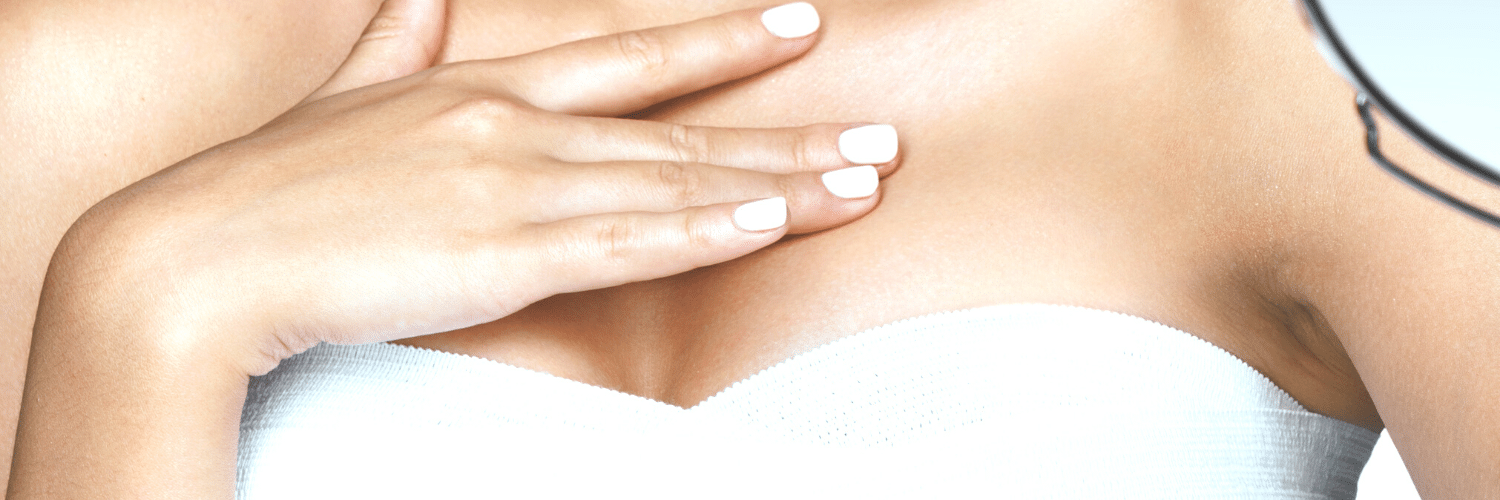
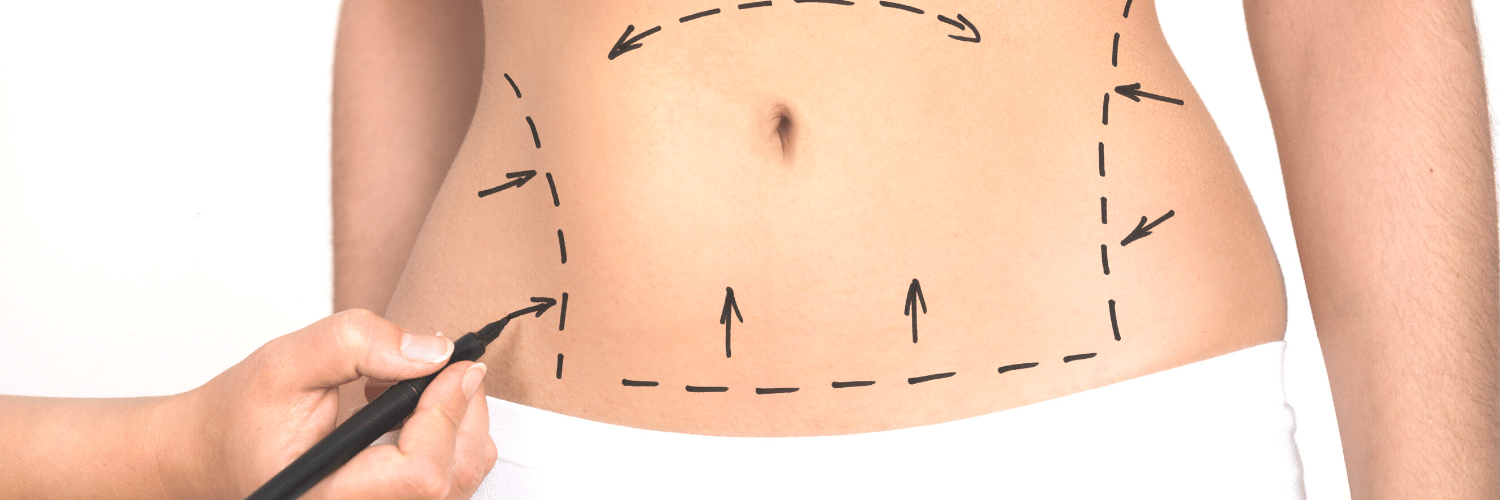
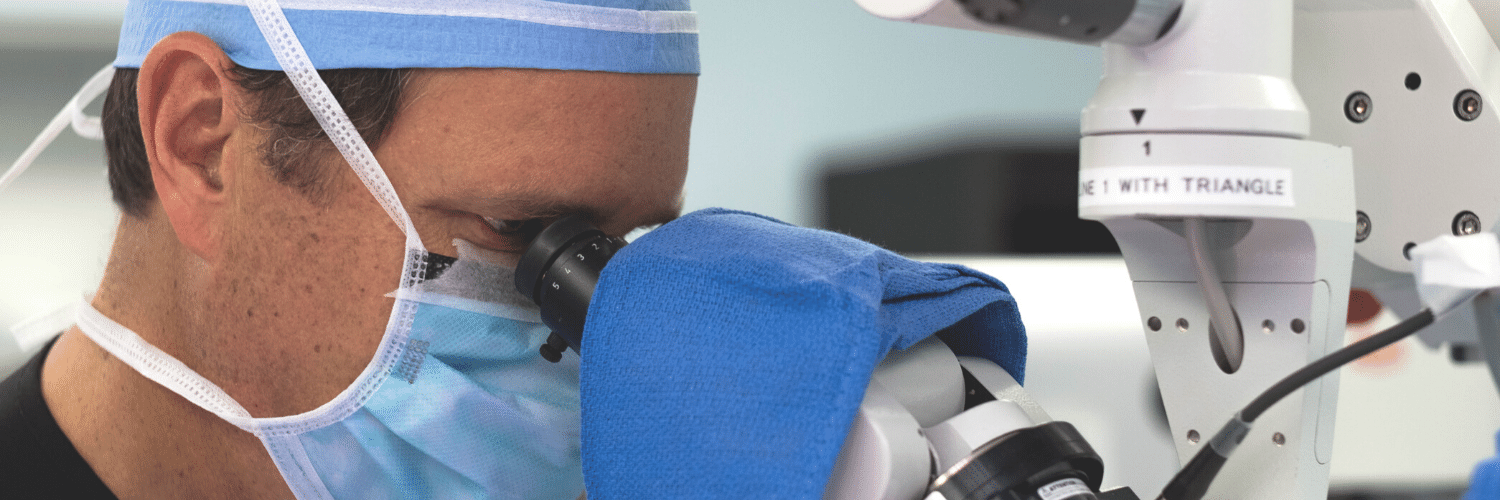
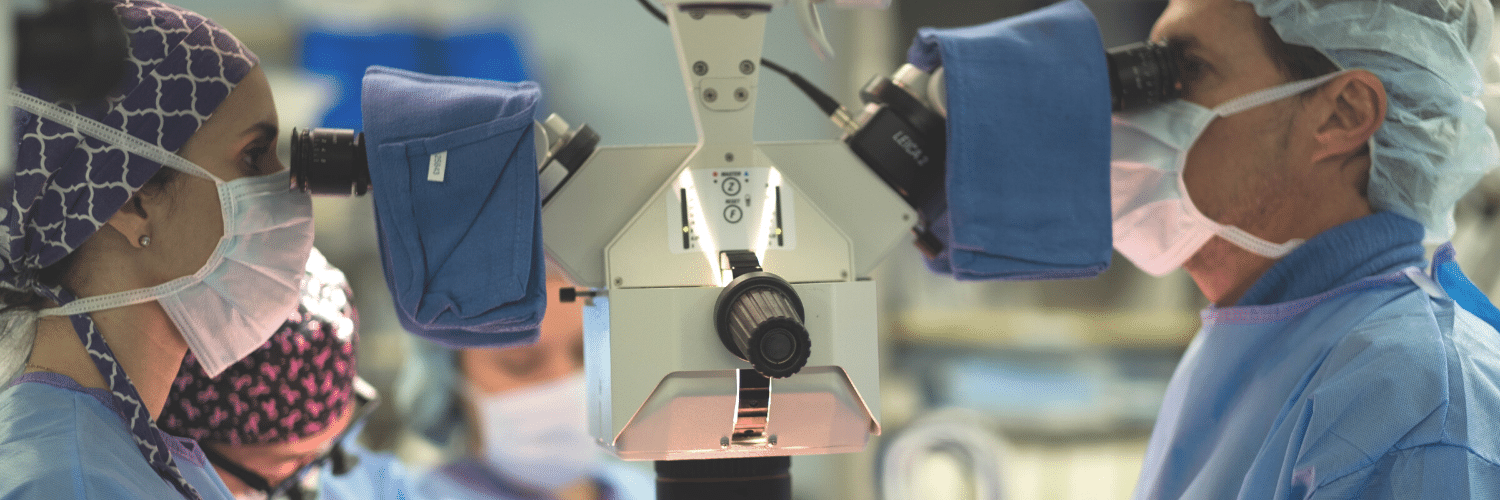
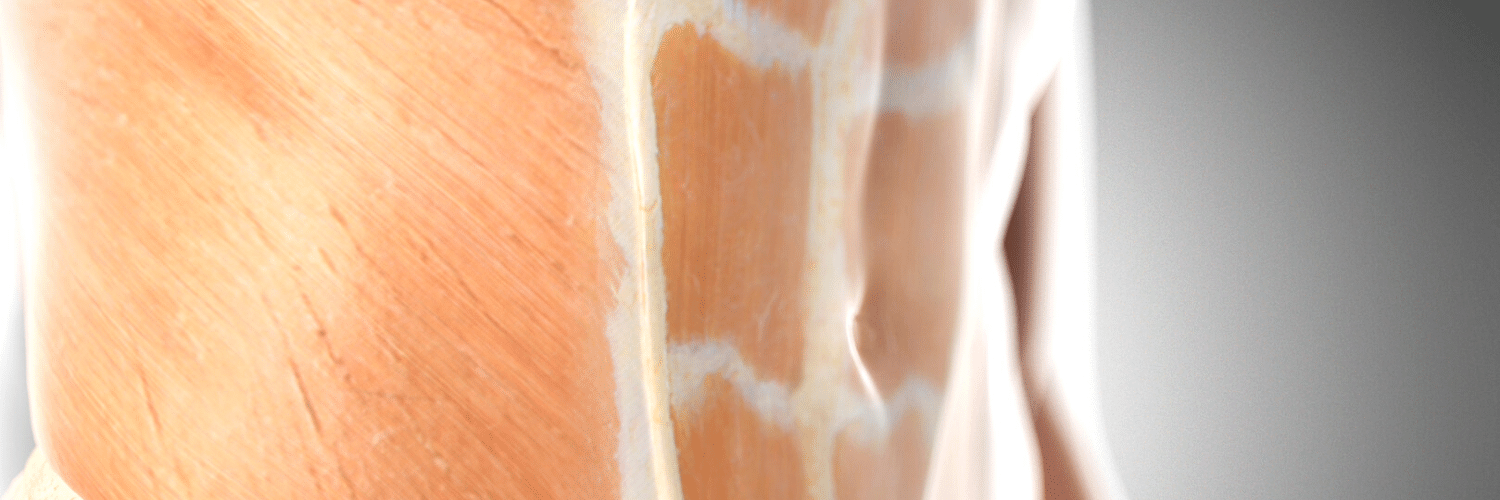
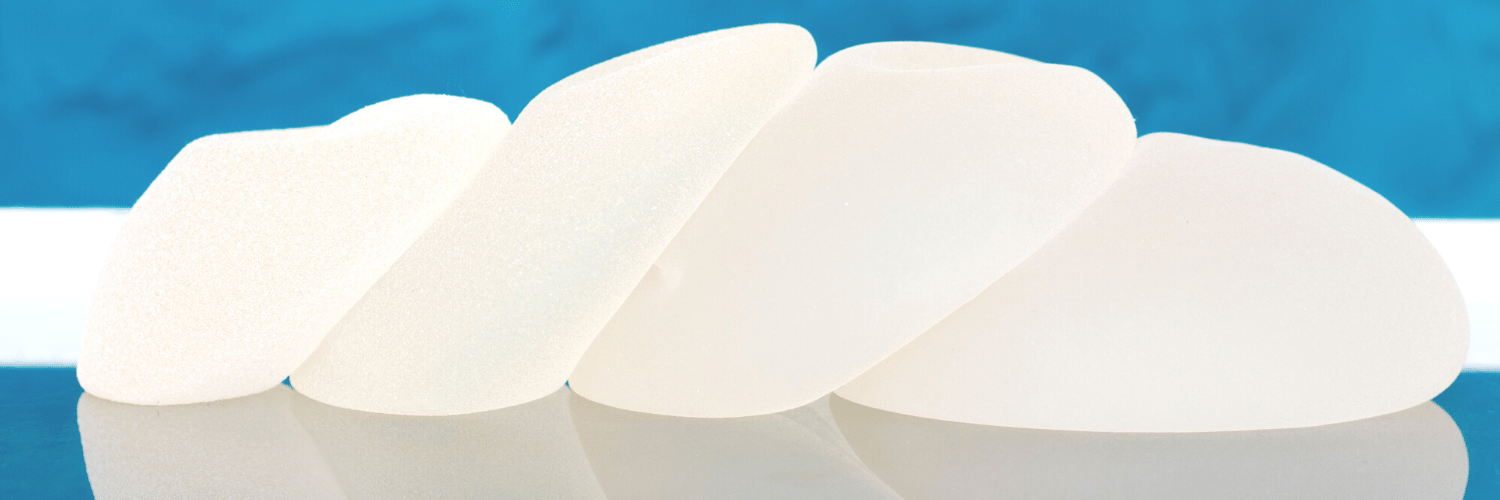
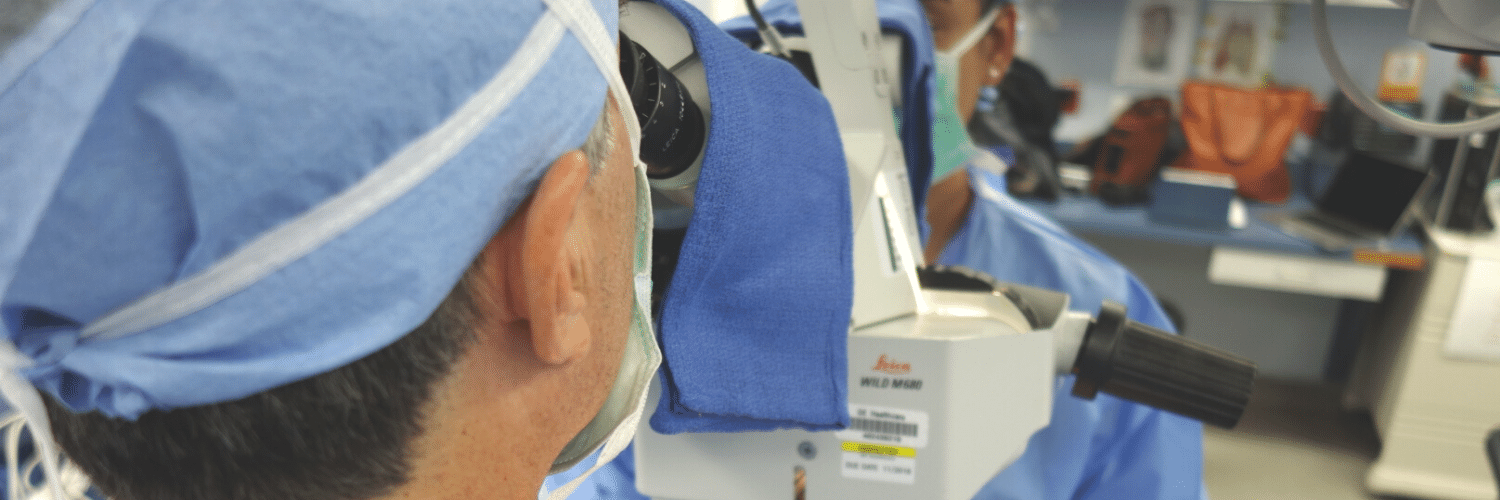
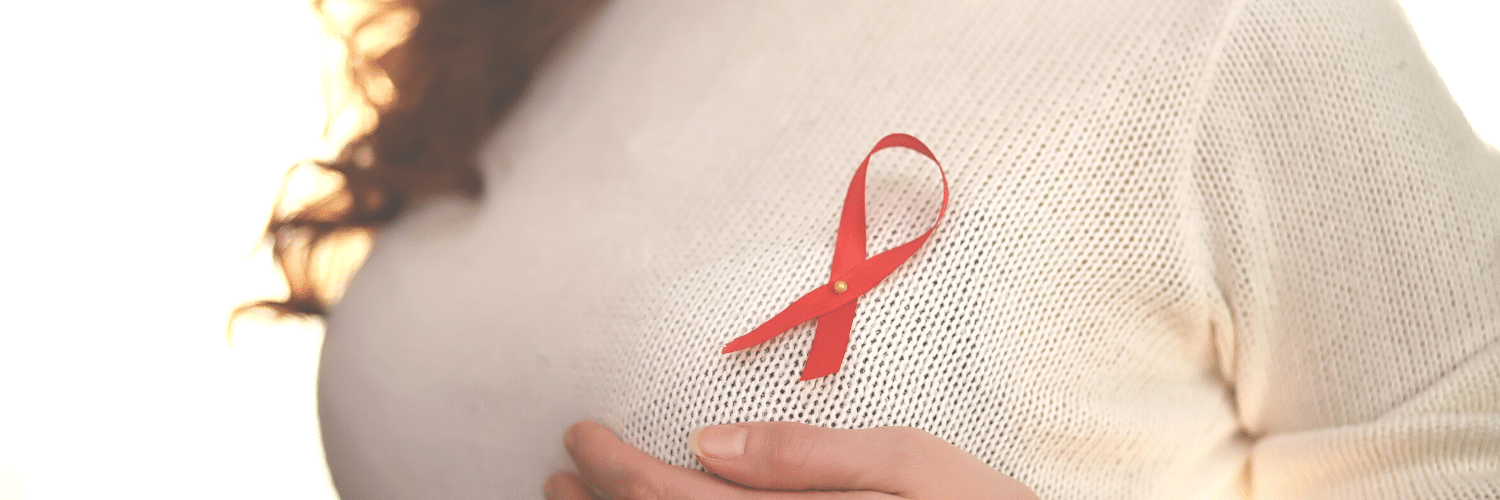
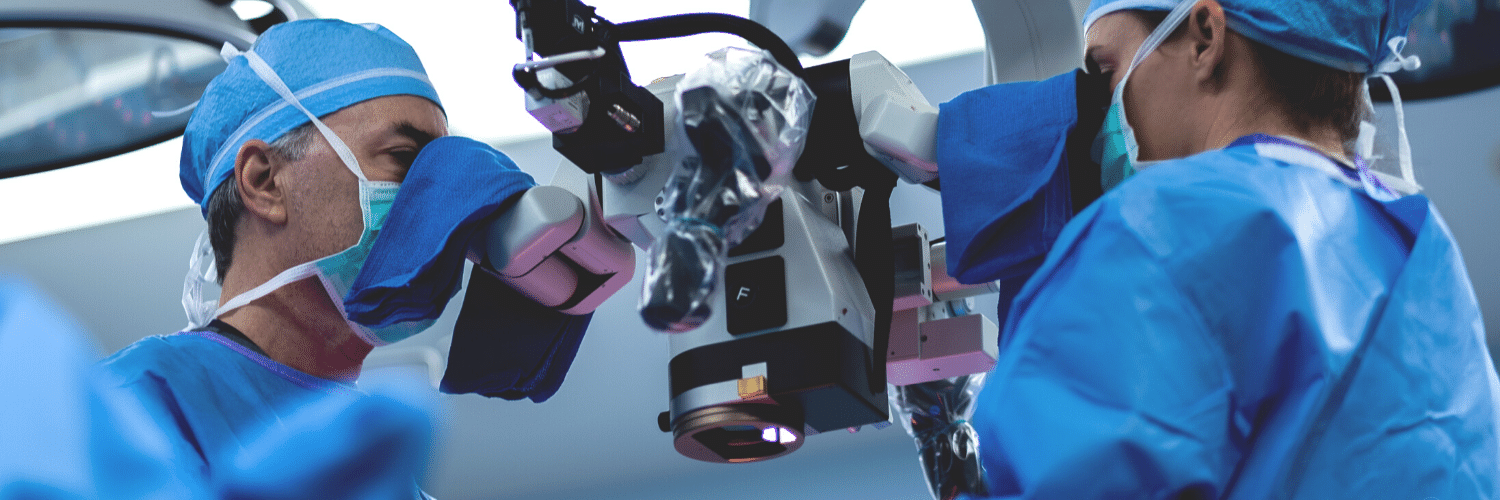
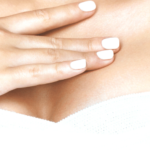
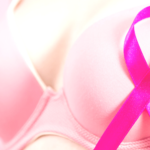
No Comments